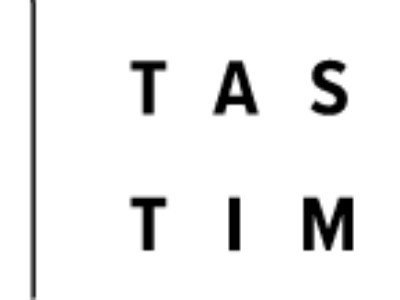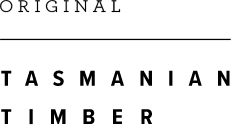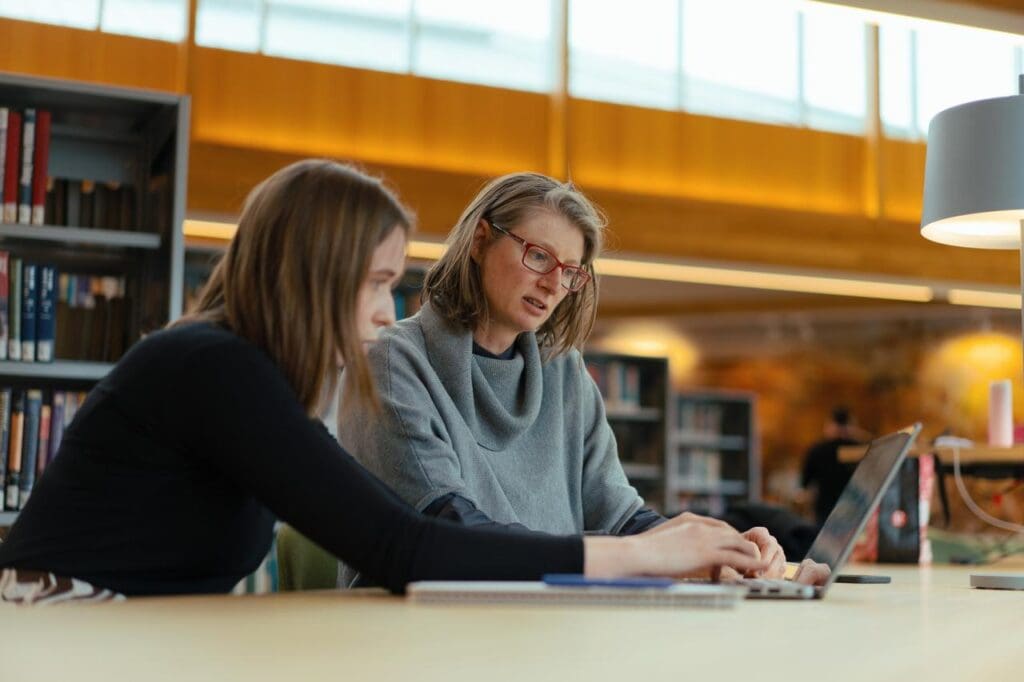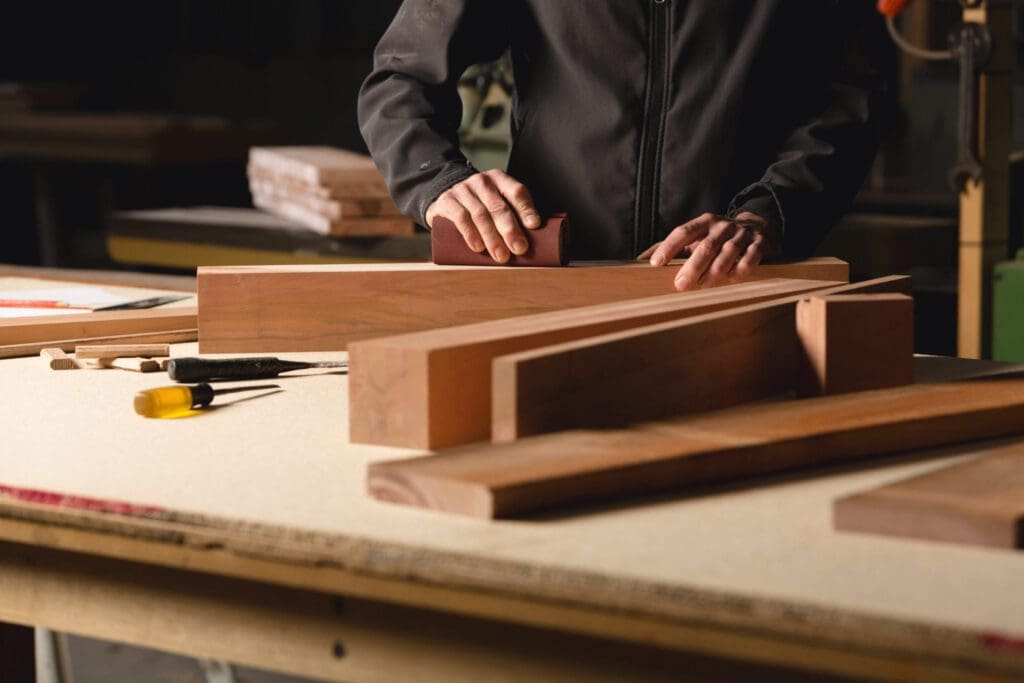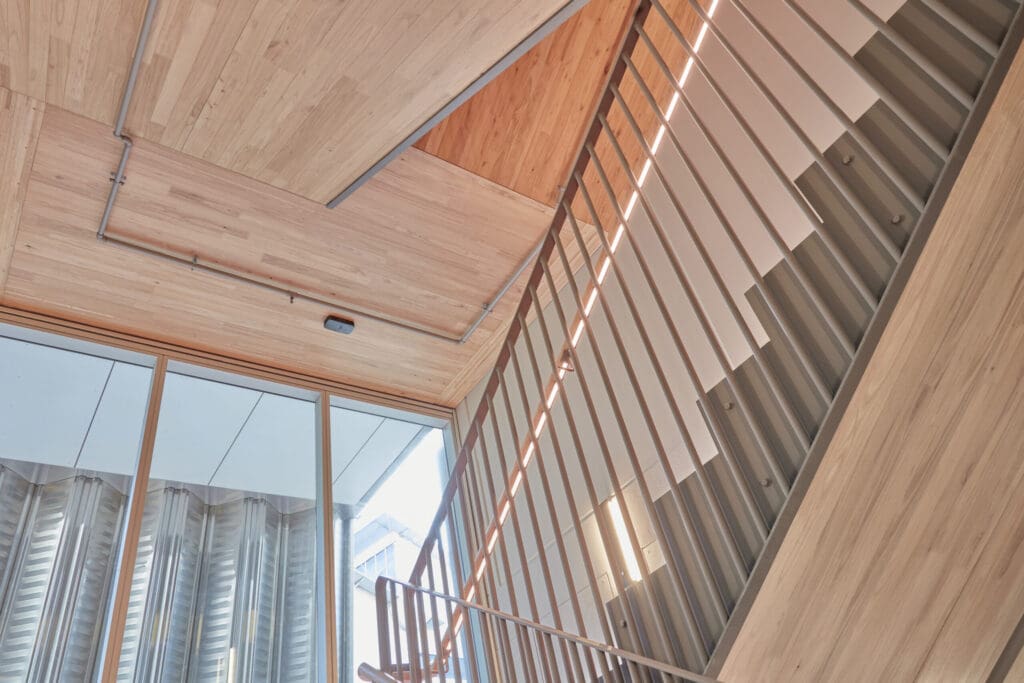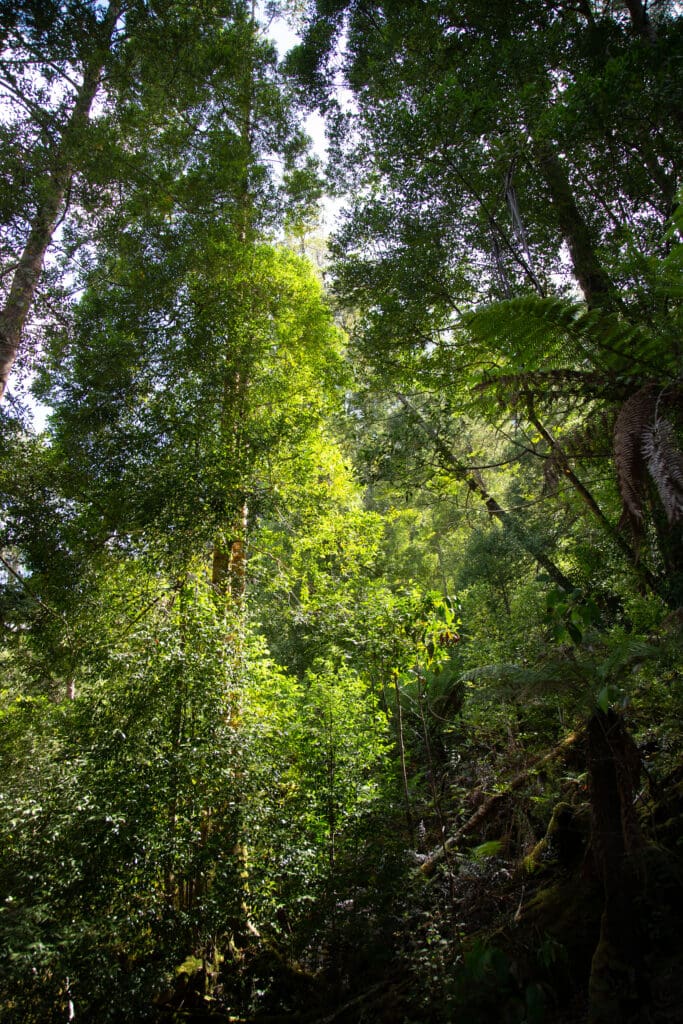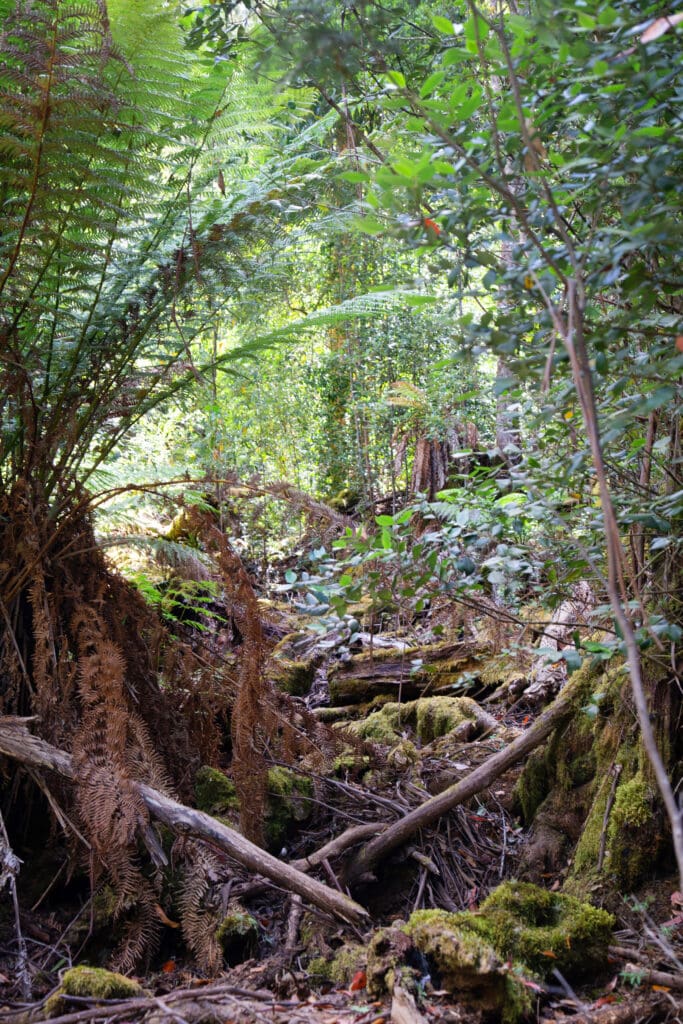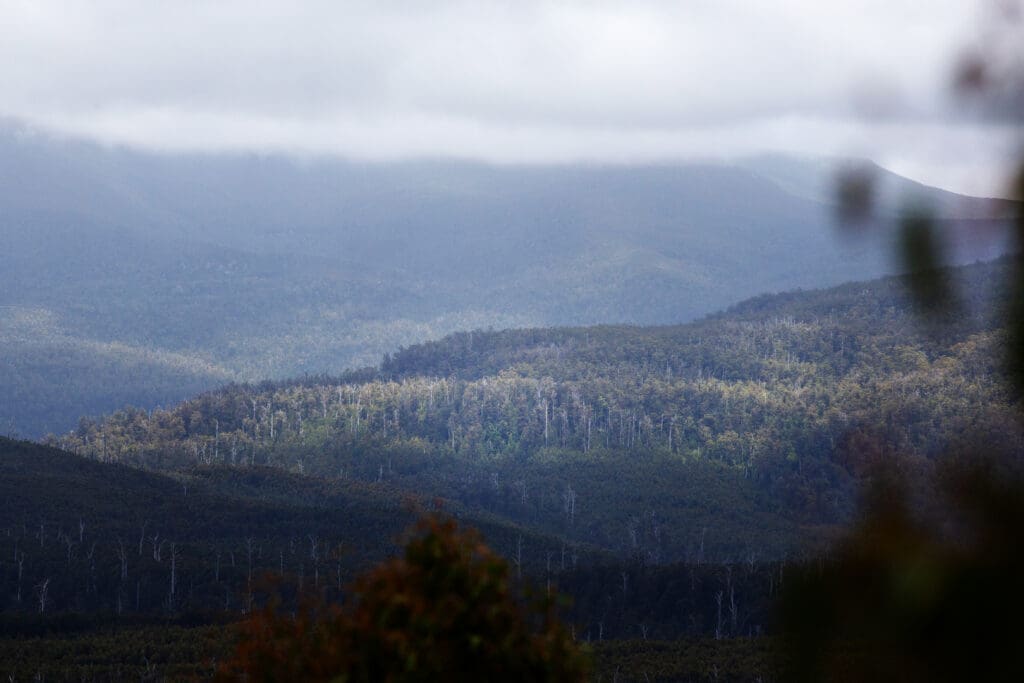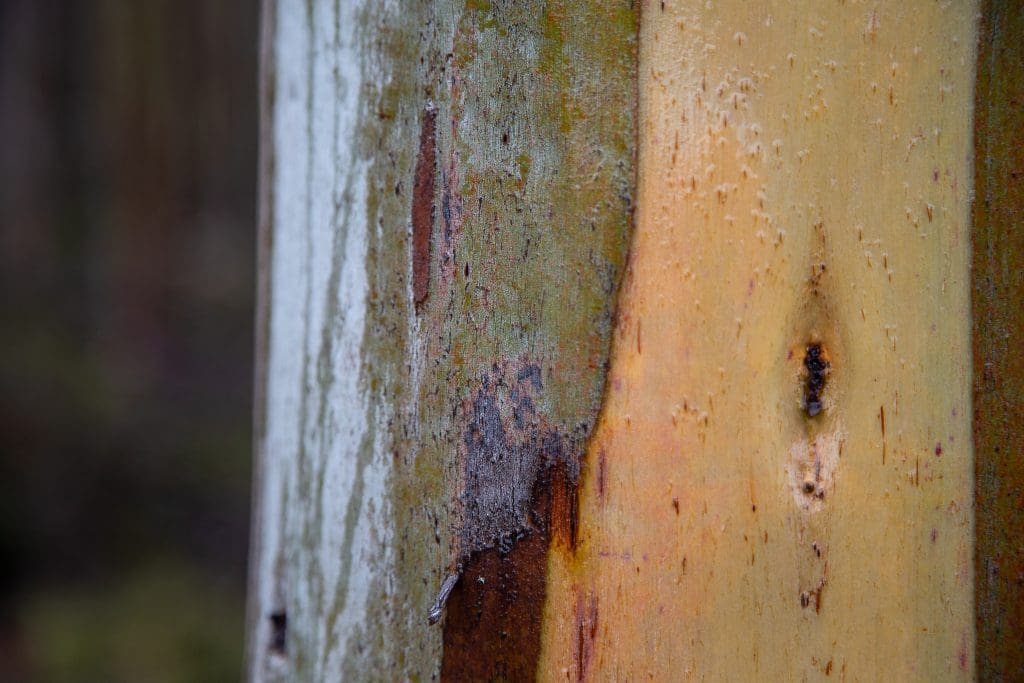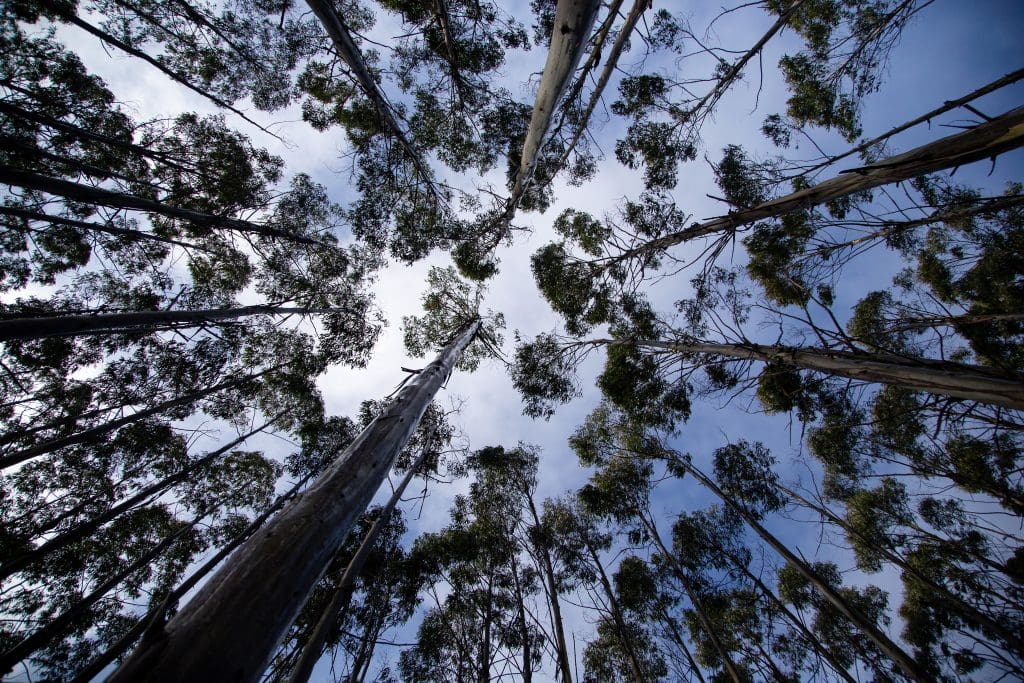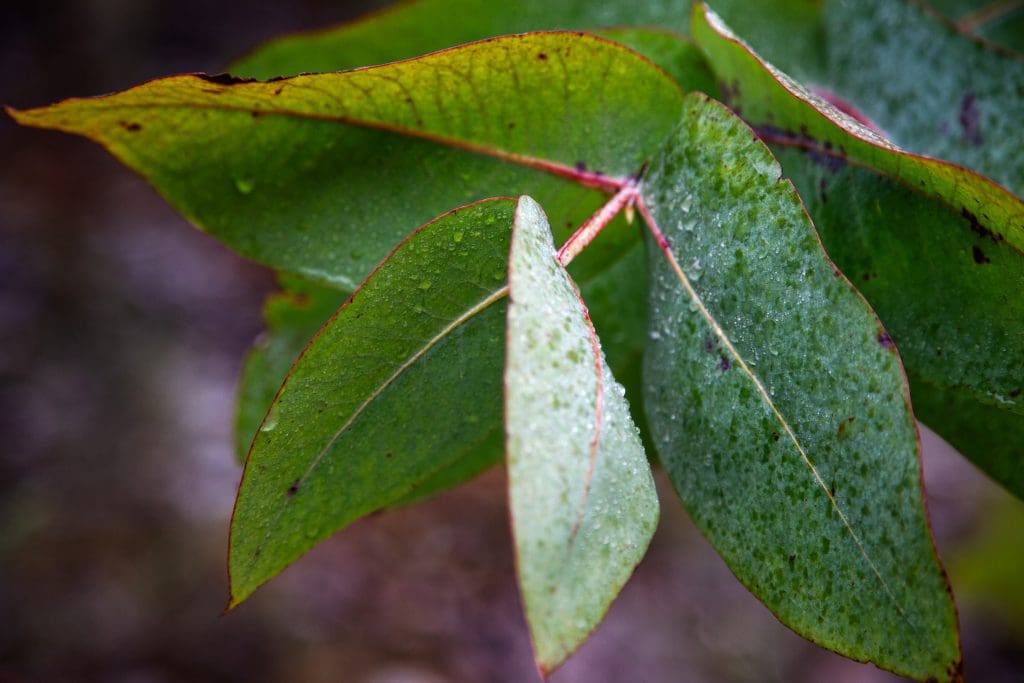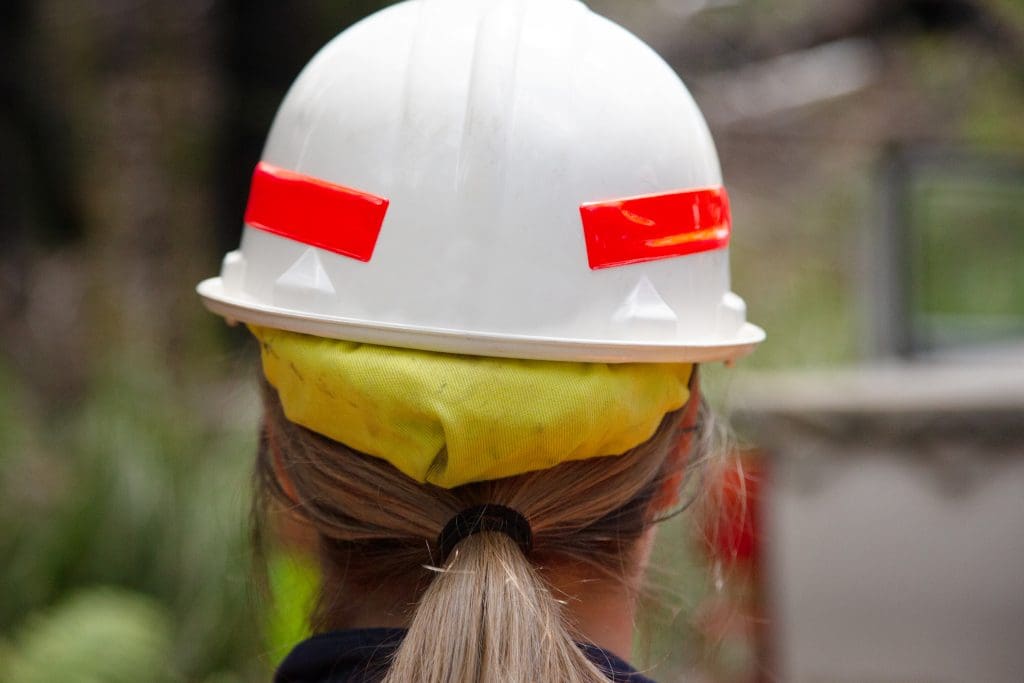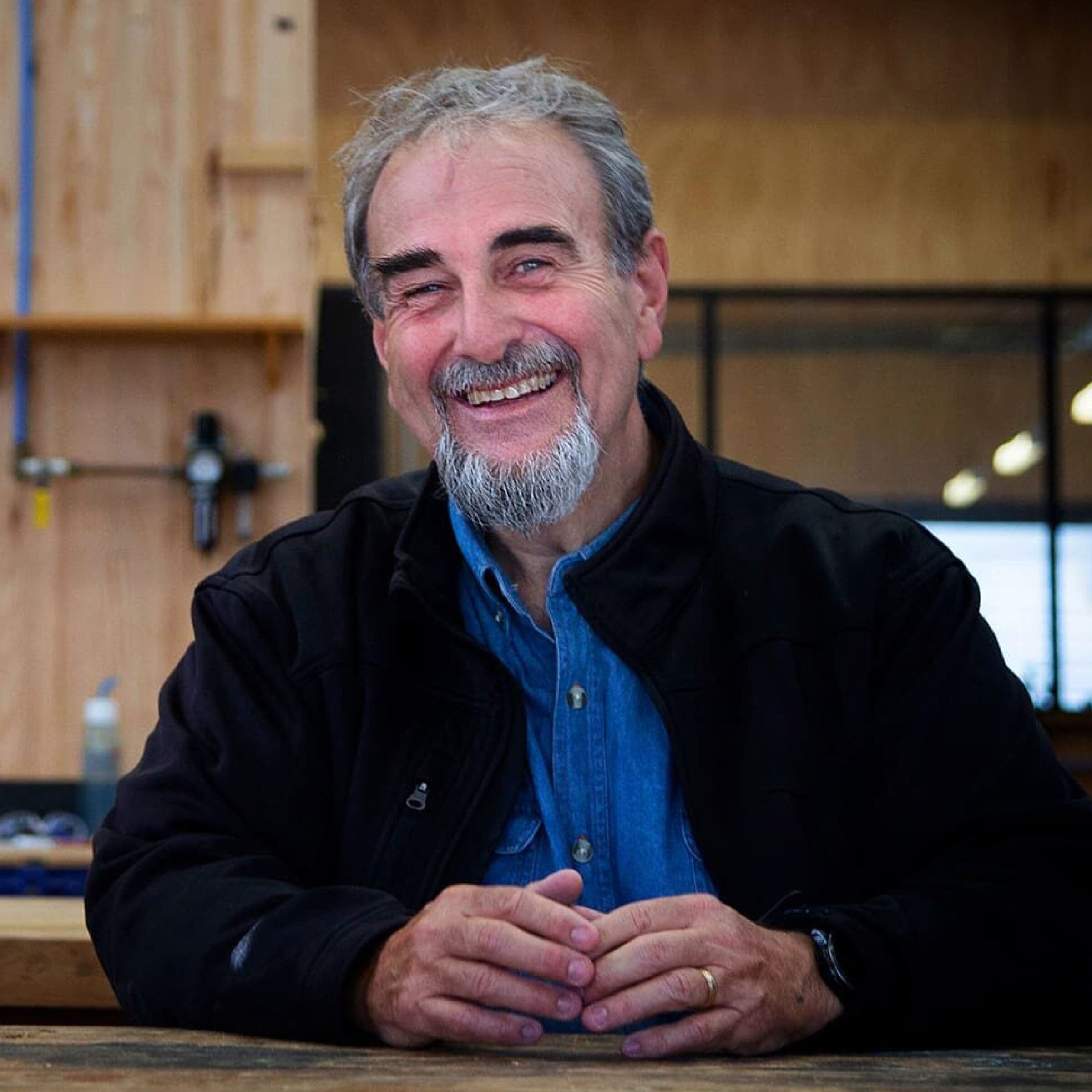A conversation with Dr Louise Wallis: Scientist, Senior Lecturer and Problem Solver at the Centre for Sustainable Architecture with Wood
It was a belief that architects needed more hands-on experience that drew academic Dr Louise Wallis to Tasmania. At the time the University of Tasmania (UTAS) was one of the only schools that allowed their architecture students to design and make in their workshop. Louise found herself engrossed in the School of Architecture and Design, teaching and being in the workshop with students, helping them to be able to craft and understand the weight, the connections and properties of timber.
“I’ve been working at the School of Architecture and Design at the University of Tasmania for nearly 25 years now, which I find a shock to myself, but it still feels incredibly fresh and interesting to do.”
Today Louise is a Deputy Director of the Centre for Sustainable Architecture with Wood (CSAW) and a Senior Lecturer in the School of Architecture and Design at UTAS. CSAW is a multidisciplinary, industry-focused research and education group centred within the University of Tasmania’s School of Architecture and Design, collaborating closely with the University’s School of Engineering. In other words, CSAW is about problem solving. Understanding timber, researching timber innovation, being a resource for students and industry and fostering the use of timber materials that are efficient, economic, environmentally sustainable and socially responsible is CSAW’s mission.
I’ve always been very interested in materials and how we use them. With architects, it’s a bit like being a fashion designer. We have material or fabric and we’re trying to sculpt it and make it in ways that it works. It will be expressive and it will also form its function. And the same is true with architecture… you have to understand your materials, the palette that you work with to achieve that, says Louise.
Louise spoke on the Original Thinkers Podcast about her history of working with architecture students, her deep knowledge and respect for timber, and the unique challenges and rewards of working with a living building material.
Inanimate not inert
“I think of [timber] as a living object, even though it’s inanimate, it’s not inert. It can absorb and lose water. It does have a personality and a way it likes being worked with…”
Louise explains that students and architects need to understand the material choice, what timber does well and use it in those ways. Timber species all around the world behave differently, and some are better suited to some applications than others. Timber in buildings can add life and stories to a project. A piece of handrail in a university building can talk of the number of students that have walked up and down those stairs.
“[I want] buildings to have that legacy of decades of people living and using them. I think that’s something we don’t talk about enough when we think about these things. Sometimes we unfortunately think about our own lifetime or the period of time that we go to a certain place. Ideally we should to be thinking about these buildings as having lives longer than our own.”
Sustainability and Waste
One of the objectives of CSAW and Louise’s research is to maximise the potential of the timber resource and waste a little as possible. Louise spoke about the change in perception that is needed to ensure that waste is minimised:
“Why do we expect something to come in this perfect shape? Every piece [of timber] that’s planed out of a tree has grown over many different seasons and it’s had all sorts of different influences on it. How do we expect it to come out as this perfect timber board that’s got no mark of it growing through these seasons? I just think it’s phenomenal.”
Louise compared the timber that is rejected to apples that are wasted for not looking perfect, and that the desire to be sustainable and be environmental means not rejecting the natural products that look different.
“I wish they wouldn’t reject timber that isn’t perfect grade or looks a certain way. There’s a certain amount of feature that is considered okay. And of course that’s being governed by the consumer market of what they’ll will or they won’t buy. But those marks are actually branches. Wouldn’t you prefer to have a story that’s literally on your walls… a story about how that material was grown over it’s life instead of something that looks like Laminex?”
The unique challenges of working with timber
CSAW researches different exterior coatings and finishes and how they work with Tasmanian timbers. The influence of lifestyle channels, and social and architectural media has led to architects seeing treatments from all over the world, on all different types of timber, and wanting to replicate it on a local species. Louise gave the example of timber charring, popular in Japan, but quite unsuccessful on eucalypt species. She also spoke of how the glues used in some GLULAMS can be quite toxic and may make recycling timbers difficult.
The tussle of how to keep timber pure, while using treatments to limit the hygroscopic nature of timber and being more judicious with glue, is something CSAW and scientists around the world are constantly investigating.
Louise explained that her current work is centred around plantation hardwood. There is a large resource of eucalyptus nitens reaching maturity in Tasmania that were planted 20 years ago for pulp. While the trees were planted for low value pulp, Louise and her team are finding ways to utilise this timber for high value applications. The challenge is the trees were not managed for saw logs, they weren’t thinned and pruned, and are therefore not perfect specimens. Plantation also grows faster than native eucalyptus, resulting in different properties and densities to native eucalyptus species. [1] CSAW are working with the timber to see how it could be used to make engineered beams, columns and floor linings. This research will be invaluable going forward as plantation timber becomes more prevalent.
“If you look at Sustainable Timber Tasmania, who provide graphs on yields of what’s available into the future, we’re soon going to have to transfer to a lot of plantation timber because there is a dip in the amount of native regrowth timber that is available.”
The State of the Forest Report
Louise also recommends that people who have questions about Tasmanian timber, the forests and forest management should read the State of the Forest Report. The State of the Forest Report is a document that is tabled in the Tasmanian Parliament every 5 years to detail the state of the Tasmanian forests on both public and private land. It gives scientific and quantifiable details on the forest and forest practices throughout Tasmania.
“It’s only recently that I’ve become familiar with the State of the Forest Report. It’s put out by the Forest Practice Authority and is publicly available, which is unique in Tasmania. [It answers the questions] How are we managing this? What does that mean for absorbing carbon or releasing carbon? Quite a lot of the scientific work that goes on quietly in the background is reported in there. And it even talks about the cultural values of it. [Before I read it], I didn’t realise that there are 52 types of forests recognised in Tasmania….There is a small percentage that’s being used for harvesting and regrowth. I’ve had the opportunity to meet the people who work in these industries. I’ve talked to the scientists. Sometimes scientists don’t talk loudly…[In the State of the Forest Report] they’ve presented the science.”
To listen to the discussion with Louise and others working across the whole timber supply chain, subscribe to the Original Thinkers Podcast.
The State of the Forest Report is publicly available here.
